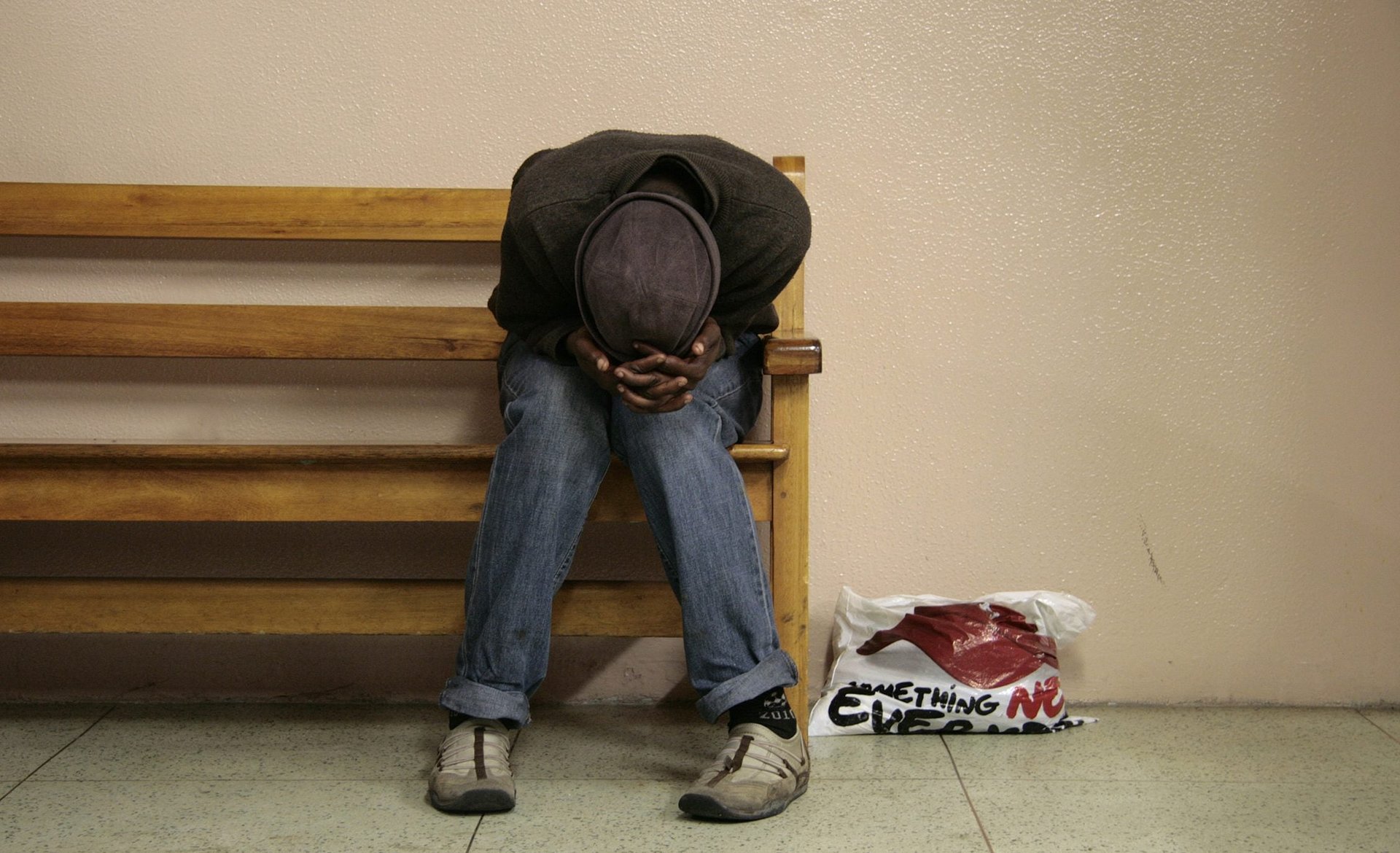Artificial intelligence can now predict suicide with remarkable accuracy
When someone commits suicide, their family and friends can be left with the heartbreaking and answerless question of what they could have done differently. Colin Walsh, data scientist at Vanderbilt University Medical Center, hopes his work in predicting suicide risk will give people the opportunity to ask “what can I do?” while there’s still a chance to intervene.


When someone commits suicide, their family and friends can be left with the heartbreaking and answerless question of what they could have done differently. Colin Walsh, data scientist at Vanderbilt University Medical Center, hopes his work in predicting suicide risk will give people the opportunity to ask “what can I do?” while there’s still a chance to intervene.
Walsh and his colleagues have created machine-learning algorithms that predict, with unnerving accuracy, the likelihood that a patient will attempt suicide. In trials, results have been 80-90% accurate when predicting whether someone will attempt suicide within the next two years, and 92% accurate in predicting whether someone will attempt suicide within the next week.
The prediction is based on data that’s widely available from all hospital admissions, including age, gender, zip codes, medications, and prior diagnoses. Walsh and his team gathered data on 5,167 patients from Vanderbilt University Medical Center that had been admitted with signs of self-harm or suicidal ideation. They read each of these cases to identify the 3,250 instances of suicide attempts.
This set of more than 5,000 cases was used to train the machine to identify those at risk of attempted suicide compared to those who committed self-harm but showed no evidence of suicidal intent. The researchers also built algorithms to predict attempted suicide among a group 12,695 randomly selected patients with no documented history of suicide attempts. It proved even more accurate at making suicide risk predictions within this large general population of patients admitted to the hospital.
Walsh’s paper, published in Clinical Psychological Science in April, is just the first stage of the work. He’s now working to establish whether his algorithm is effective with a completely different data set from another hospital. And, once confident that the model is sound, Walsh hopes to work with a larger team to establish a suitable method of intervening. He expects to have an intervention program in testing within the next two years. “I’d like to think it’ll be fairly quick, but fairly quick in health care tends to be in the order of months,” he adds.
Suicide is such an intensely personal act that it seems, from a human perspective, impossible to make such accurate predictions based on a crude set of data. Walsh says it’s natural for clinicians to ask how the predictions are made, but the algorithms are so complex that it’s impossible to pull out single risk factors. “It’s a combination of risk factors that gets us the answers,” he says.
That said, Walsh and his team were surprised to note that taking melatonin seemed to be a significant factor in calculating the risk. “I don’t think melatonin is causing people to have suicidal thinking. There’s no physiology that gets us there. But one thing that’s been really important to suicide risk is sleep disorders,” says Walsh. It’s possible that prescriptions for melatonin capture the risk of sleep disorders—though that’s currently a hypothesis that’s yet to be proved.
The research raises broader ethical questions about the role of computers in health care and how truly personal information could be used. “There’s always the risk of unintended consequences,” says Walsh. “We mean well and build a system to help people, but sometimes problems can result down the line.”
Researchers will also have to decide how much computer-based decisions will determine patient care. As a practicing primary care doctor, Walsh says it’s unnerving to recognize that he could effectively follow orders from a machine. “Is there a problem with the fact that I might get a prediction of high risk when that’s not part of my clinical picture?” he says. “Are you changing the way I have to deliver care because of something a computer’s telling me to do?”
For now, the machine-learning algorithms are based on data from hospital admissions. But Walsh recognizes that many people at risk of suicide do not spend time in hospital beforehand. “So much of our lives is spent outside of the health care setting. If we only rely on data that’s present in the health care setting to do this work, then we’re only going to get part of the way there,” he says.
And where else could researchers get data? The internet is one promising option. We spend so much time on Facebook and Twitter, says Walsh, that there may well be social media data that could be used to predict suicide risk. “But we need to do the work to show that’s actually true.”
Facebook announced earlier this year that it was using its own artificial intelligence to review posts for signs of self-harm. And the results are reportedly already more accurate than the reports Facebook gets from people flagged by their friends as at-risk.
Training machines to identify warning signs of suicide is far from straightforward. And, for predictions and interventions to be done successfully, Walsh believes it’s essential to destigmatize suicide. “We’re never going to help people if we’re not comfortable talking about it,” he says.
But, with suicide leading to 800,000 deaths worldwide every year, this is a public health issue that cannot be ignored. Given that most humans, including doctors, are pretty terrible at identifying suicide risk, machine learning could provide an important solution.